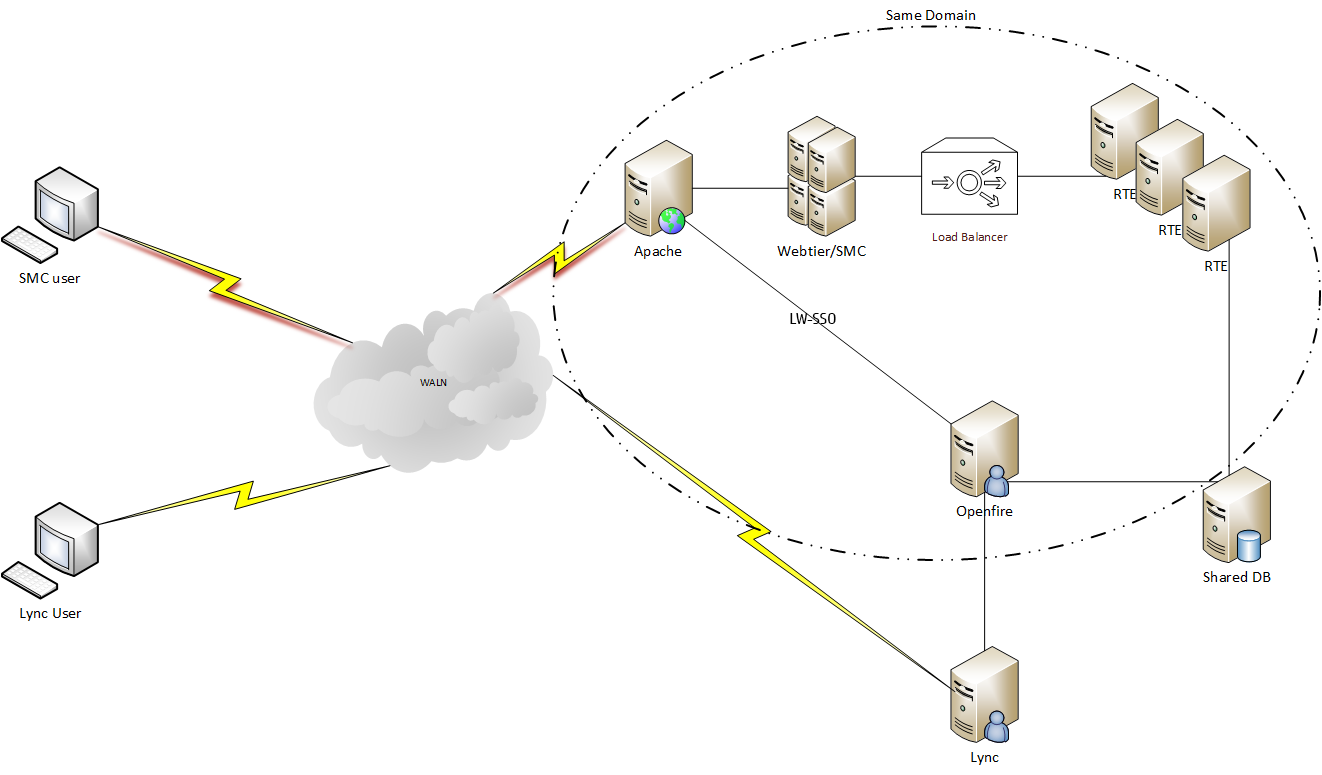Searching the Help
To search for information in the Help, type a word or phrase in the Search box. When you enter a group of words, OR is inferred. You can use Boolean operators to refine your search.
Results returned are case insensitive. However, results ranking takes case into account and assigns higher scores to case matches. Therefore, a search for "cats" followed by a search for "Cats" would return the same number of Help topics, but the order in which the topics are listed would be different.
| Search for | Example | Results |
|---|---|---|
| A single word | cat
|
Topics that contain the word "cat". You will also find its grammatical variations, such as "cats". |
|
A phrase. You can specify that the search results contain a specific phrase. |
"cat food" (quotation marks) |
Topics that contain the literal phrase "cat food" and all its grammatical variations. Without the quotation marks, the query is equivalent to specifying an OR operator, which finds topics with one of the individual words instead of the phrase. |
| Search for | Operator | Example |
|---|---|---|
|
Two or more words in the same topic |
|
|
| Either word in a topic |
|
|
| Topics that do not contain a specific word or phrase |
|
|
| Topics that contain one string and do not contain another | ^ (caret) |
cat ^ mouse
|
| A combination of search types | ( ) parentheses |
|
Deployment scenario
The following diagram illustrates a typical HPE Service Manager Collaboration (SMC) deployment scenario:

Service Manager Collaboration cooperates with the following essential factors and Service Manager components:
-
Openfire is a real time collaboration (RTC) server licensed under the Open Source Apache License. Service Manager Collaboration communicates with Openfire by using the widely adopted open protocol XMPP to approach all the operations, such as set up conversations, post messages, presence management, notification management and so on. The Openfire server also links Service Manager and other messaging applications, such as Microsoft Office Lync 2013.
-
The Openfire server must be deployed behind the Apache HTTP server (or a Windows Internet Information Services (IIS) web server) and use it as a reverse-proxy to protect the sensitive information of Openfire, such as the IP address, ports, and so on.
-
Service Manager Collaboration is embedded in Service Manager web tier to access the Openfire server through Apache for instant messaging.
Besides, Service Manager Collaboration also needs the following prerequisites and configurations:
-
Light-Weight Single Sign-On (LW-SSO):
Service Manager Collaboration uses LW-SSO to access and authenticate users. Service Manager Collaboration requires that you configure LW-SSO for the Service Manager web tier and the Openfire chat server.
For more information about how to install and configure Service Manager Collaboration, see HPE Service Manager Interactive Installation Guide.
We welcome your comments!
To open the configured email client on this computer, open an email window.
Otherwise, copy the information below to a web mail client, and send this email to ovdoc-ITSM@hp.com.
Help Topic ID:
Product:
Topic Title:
Feedback:





